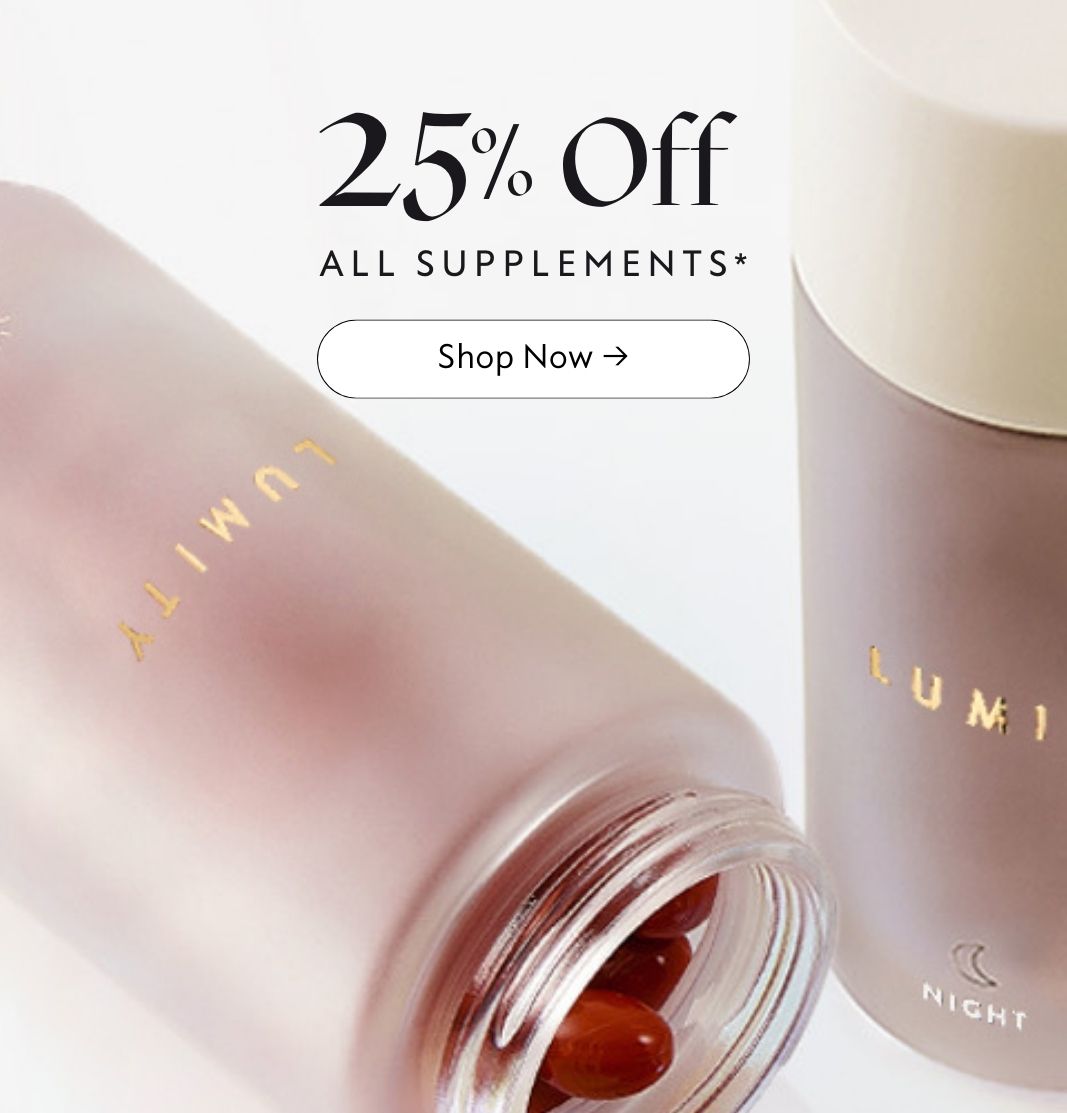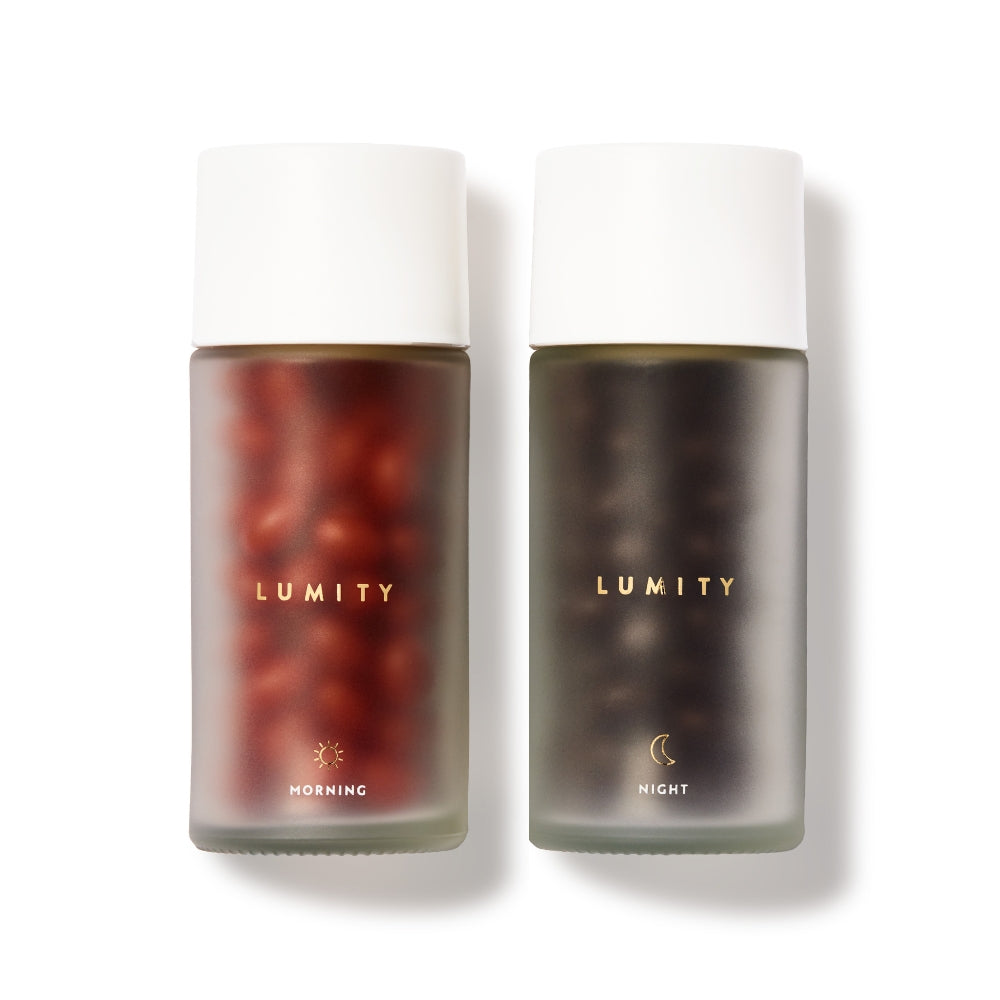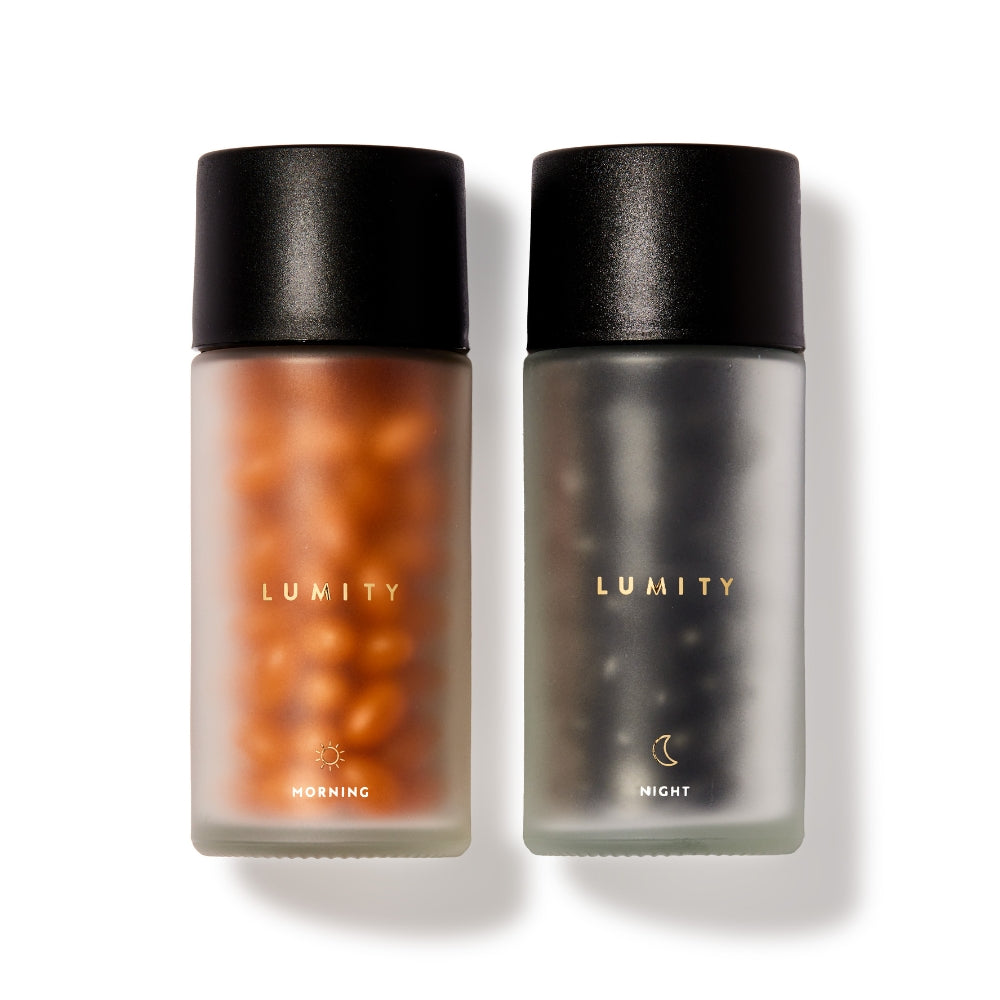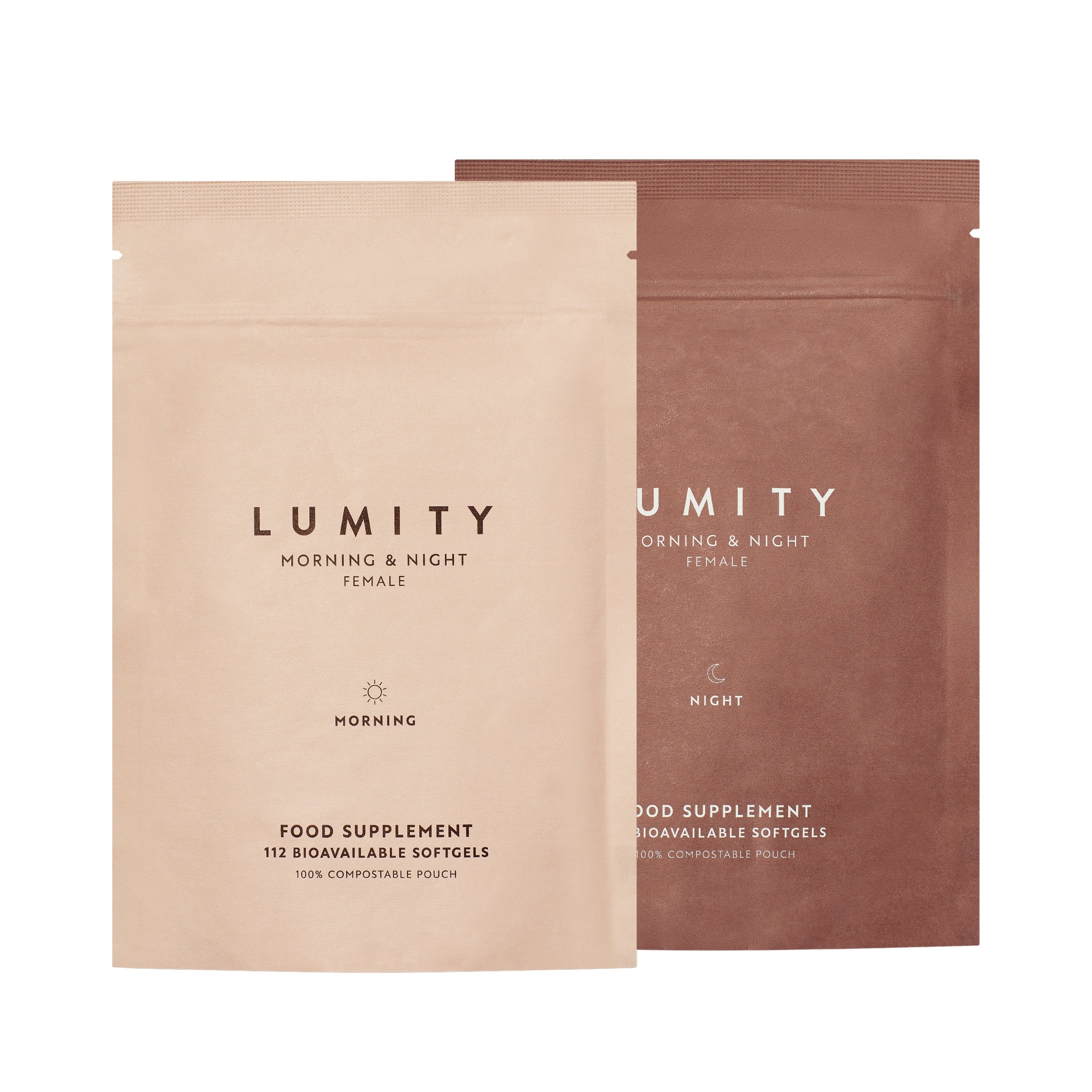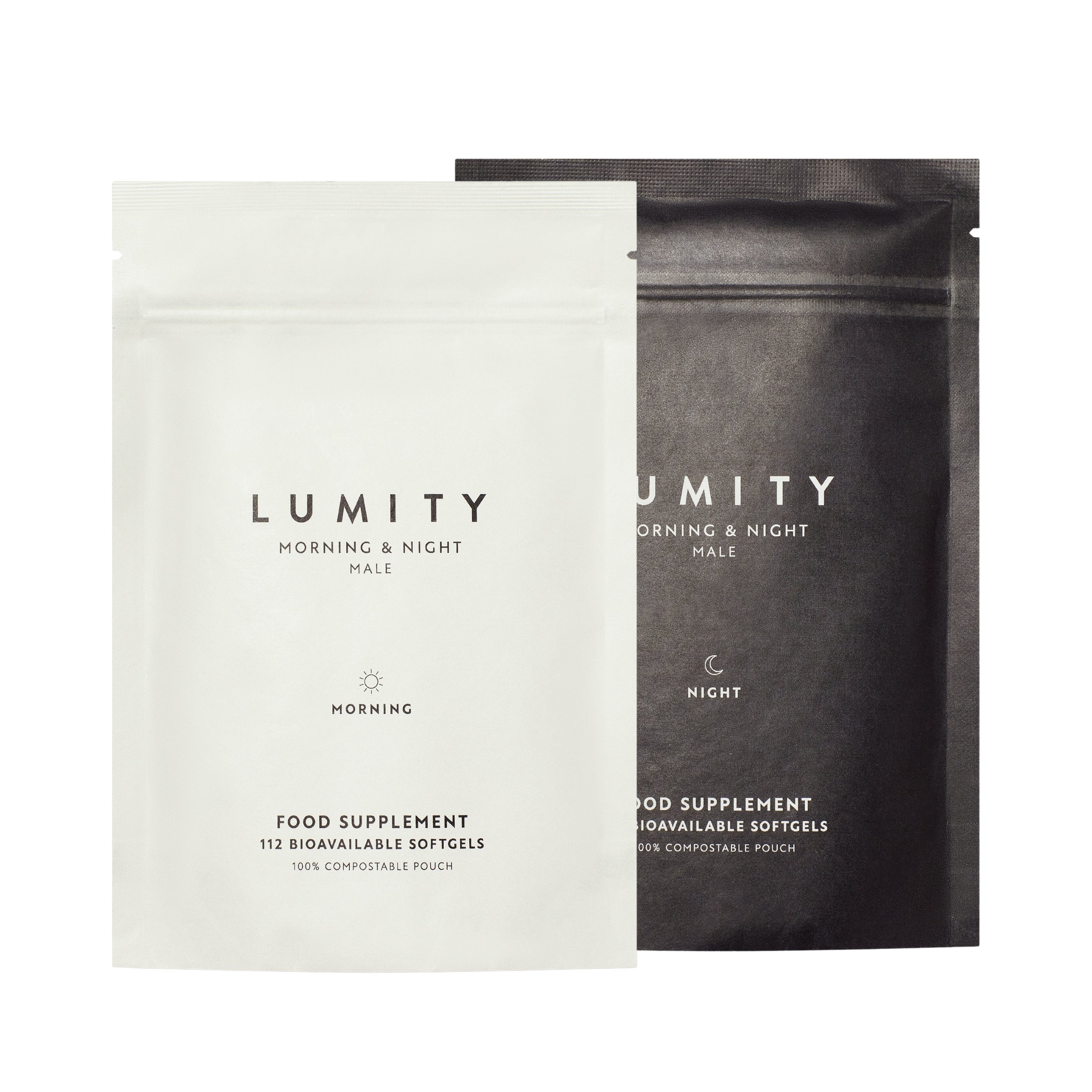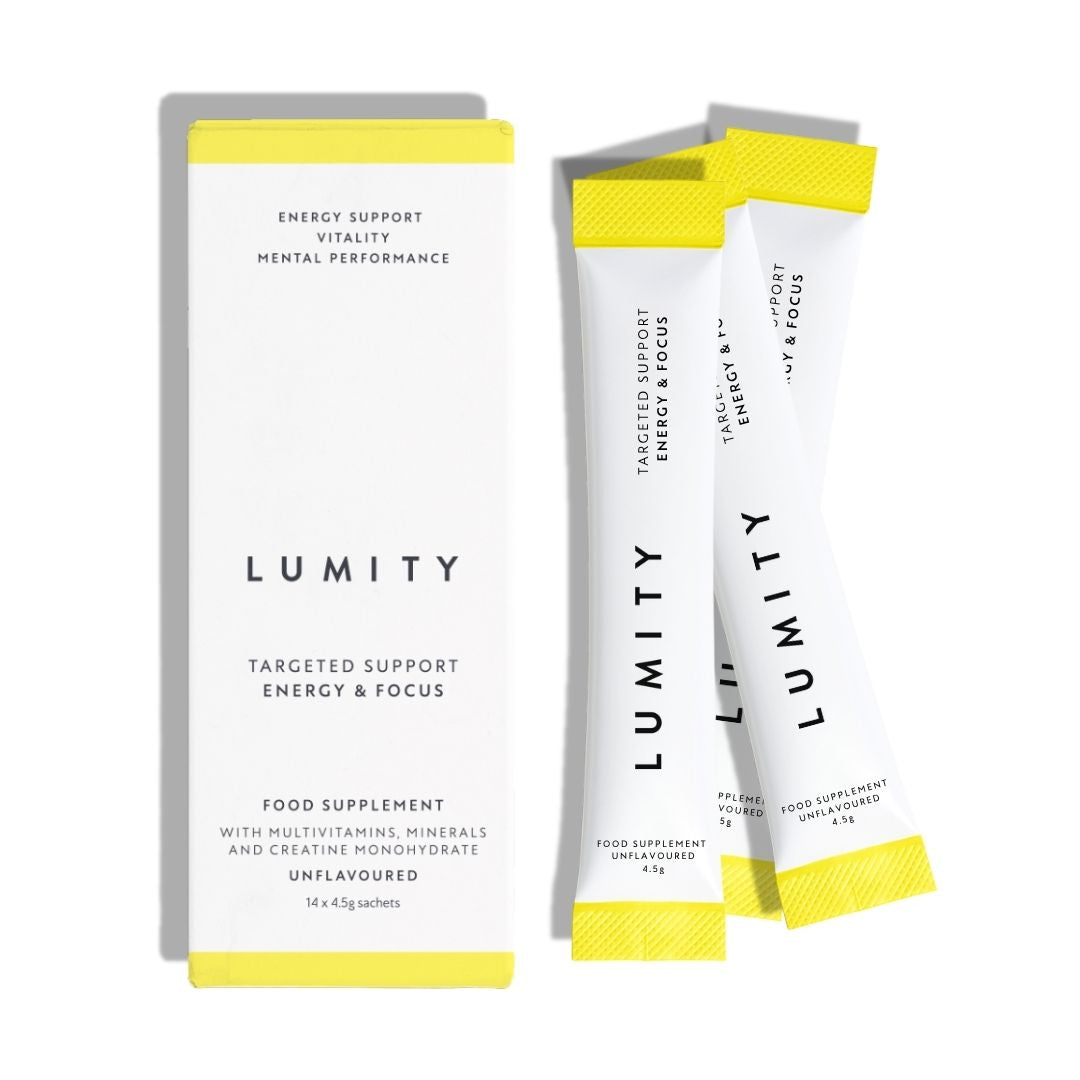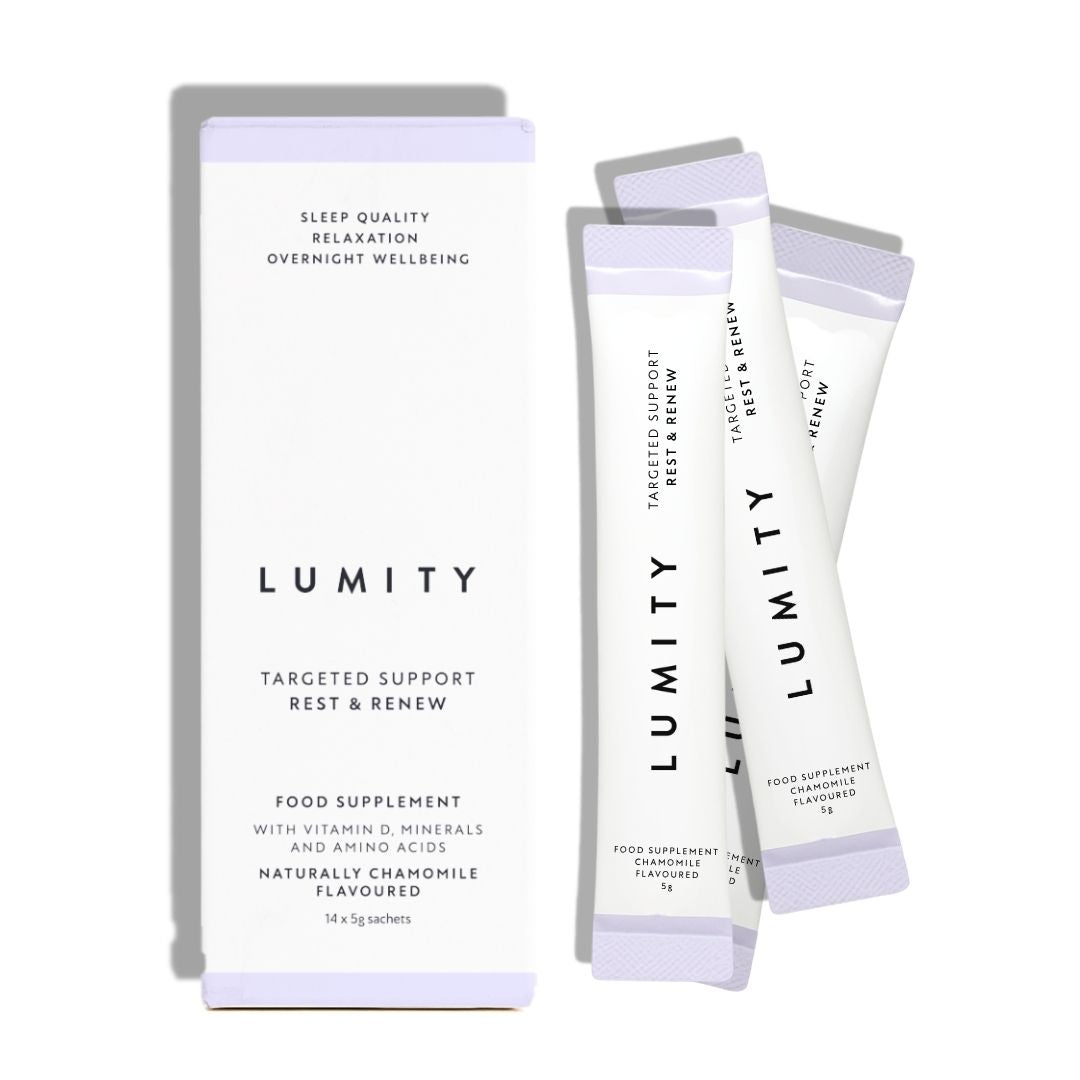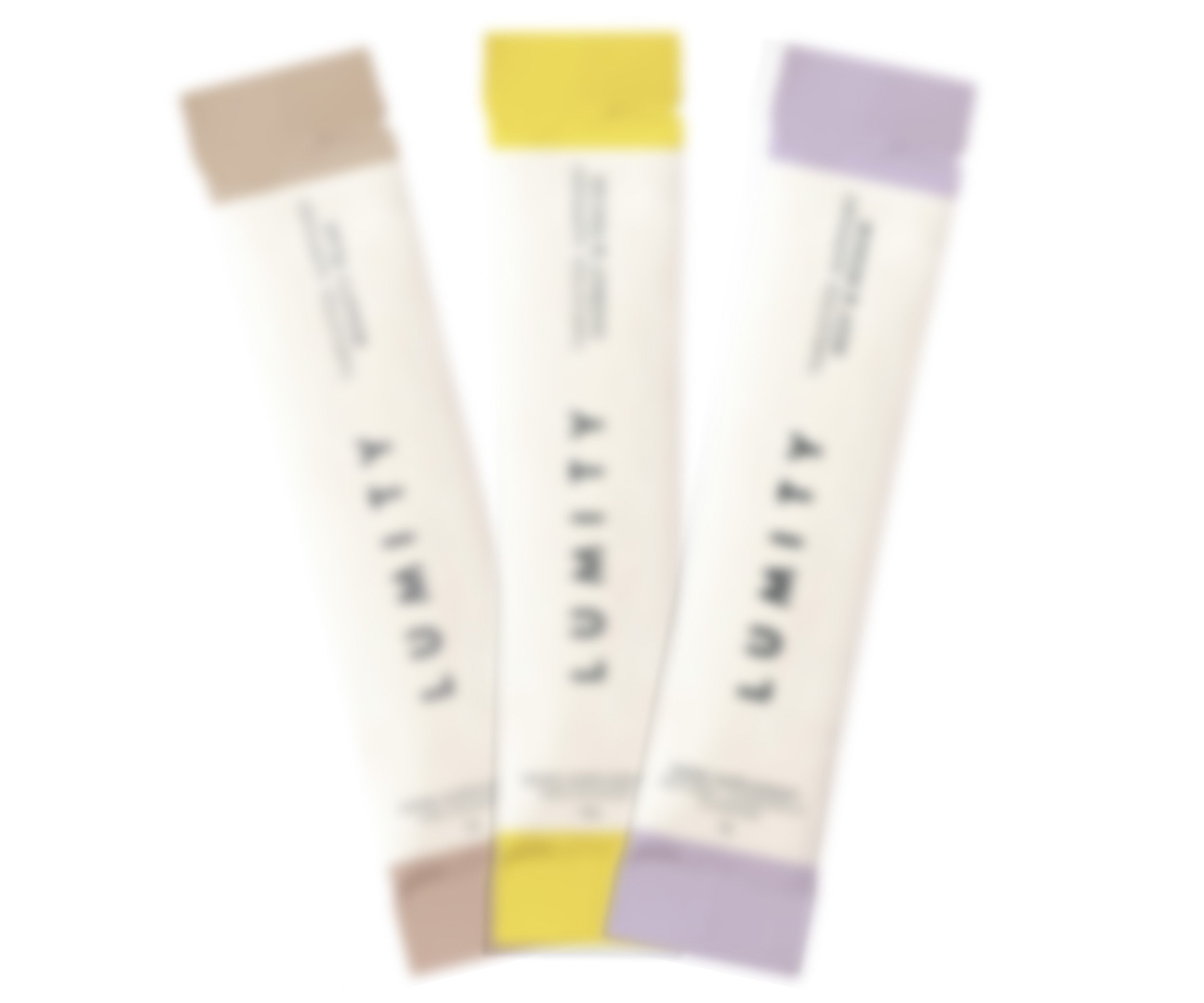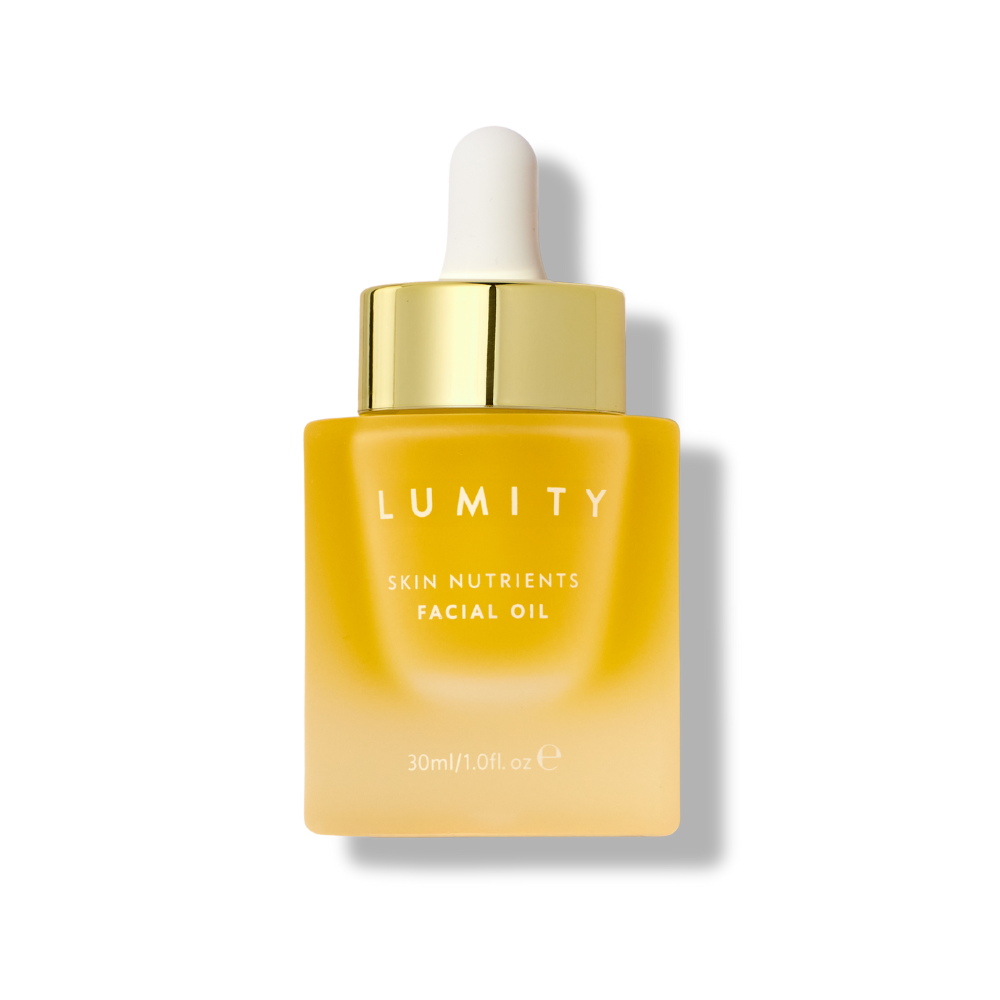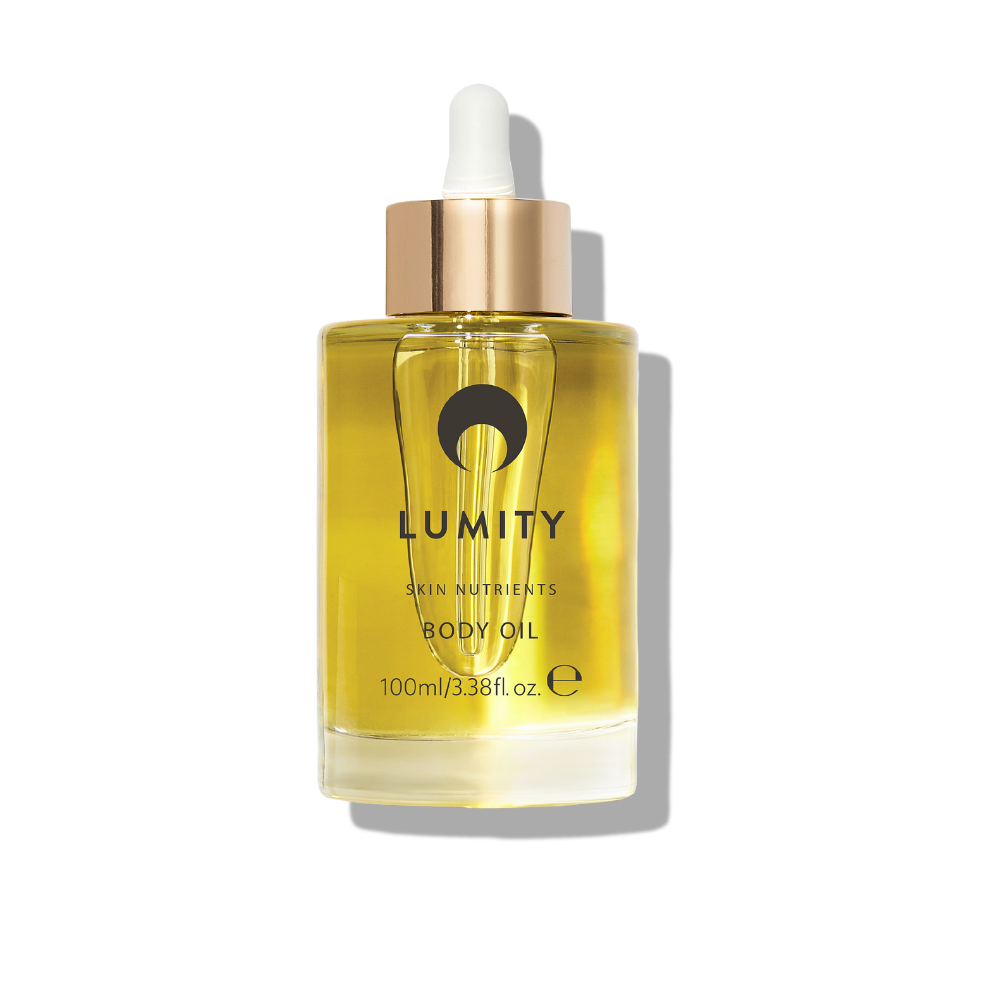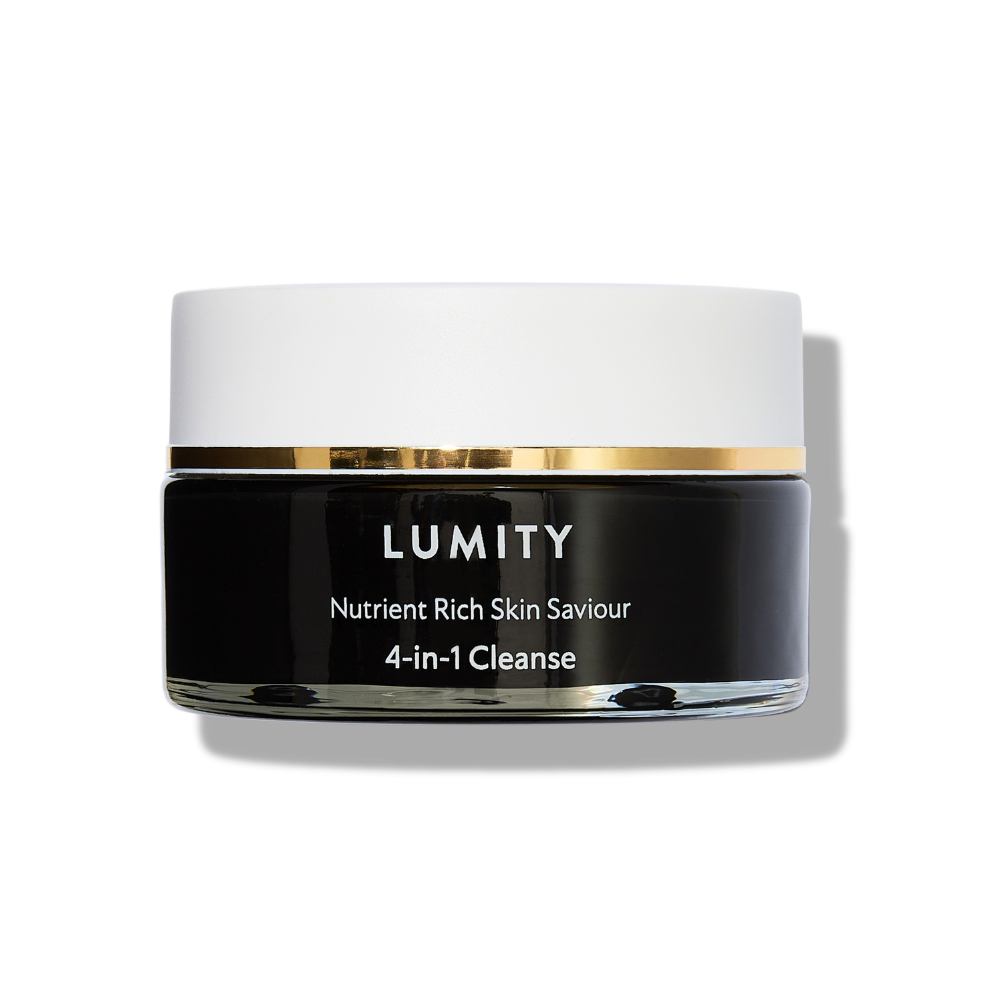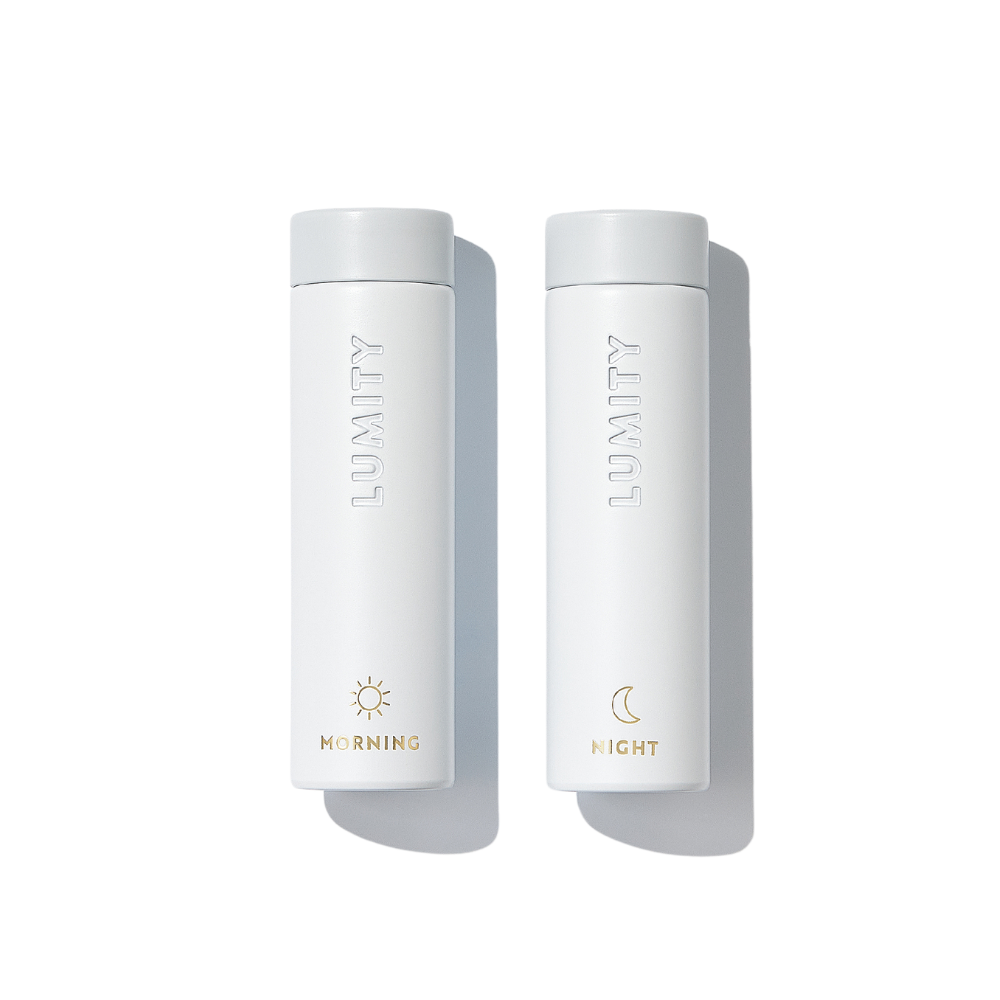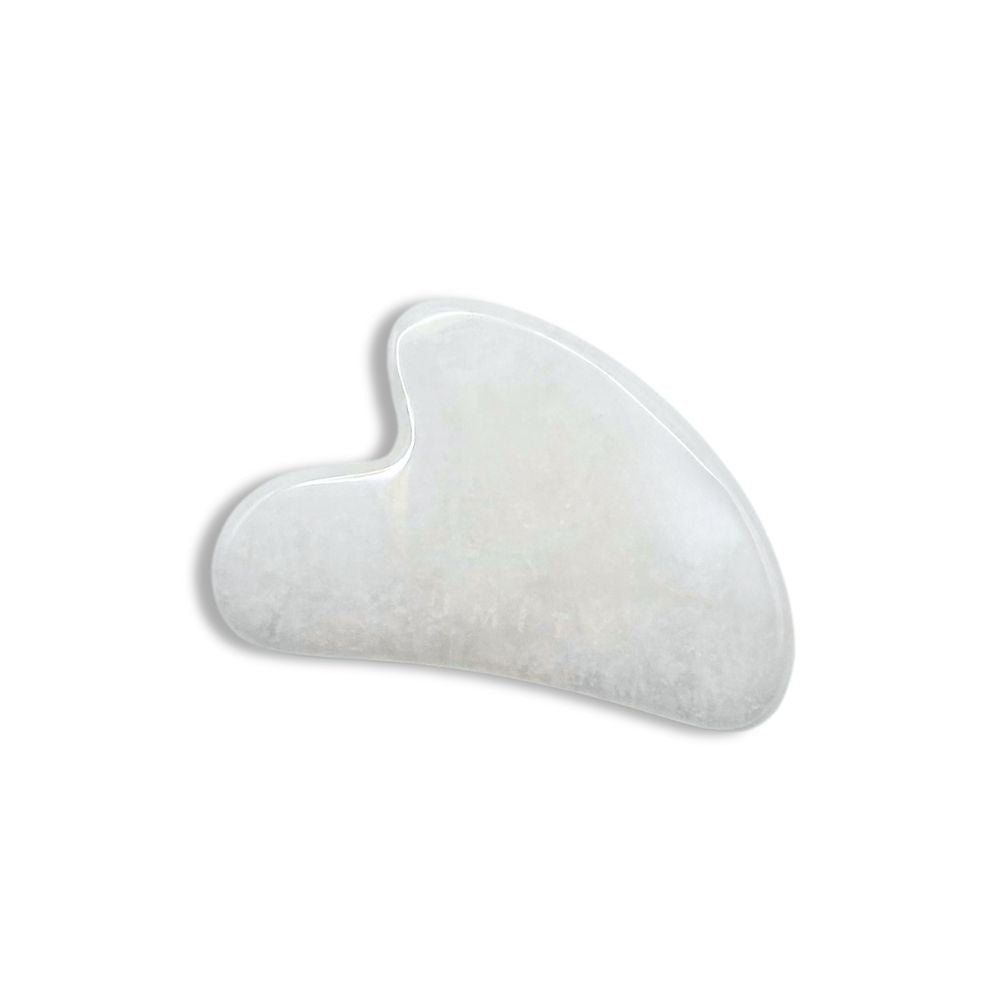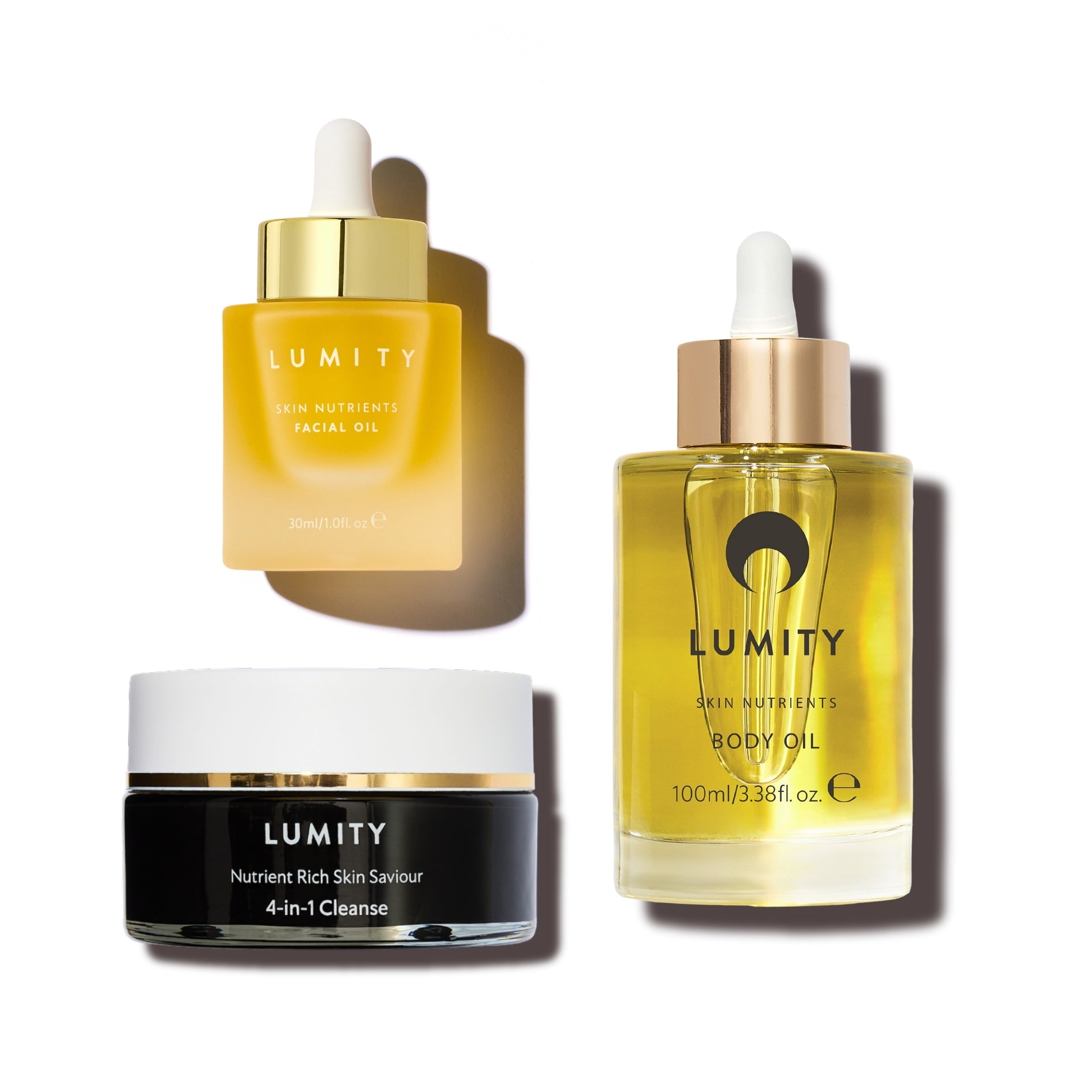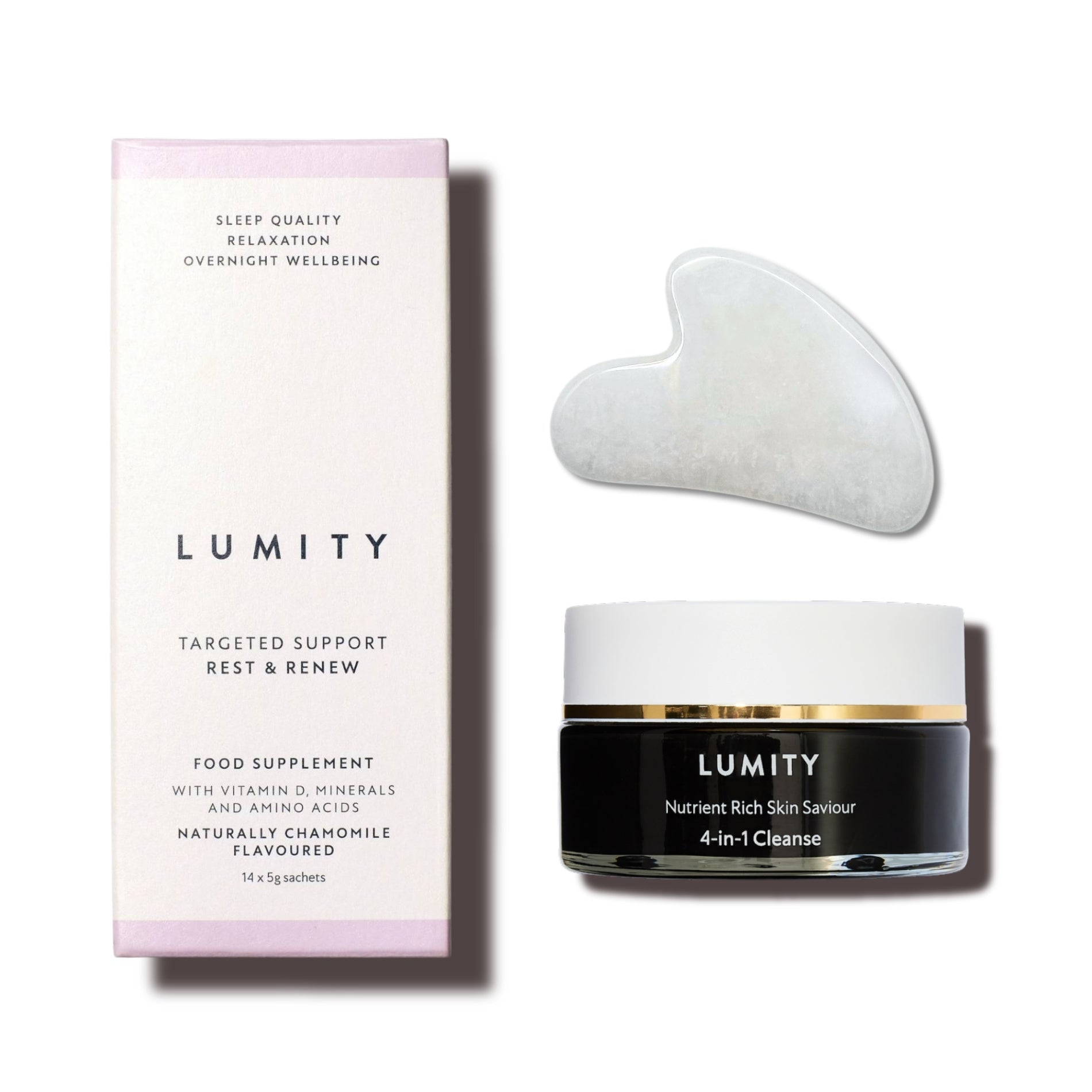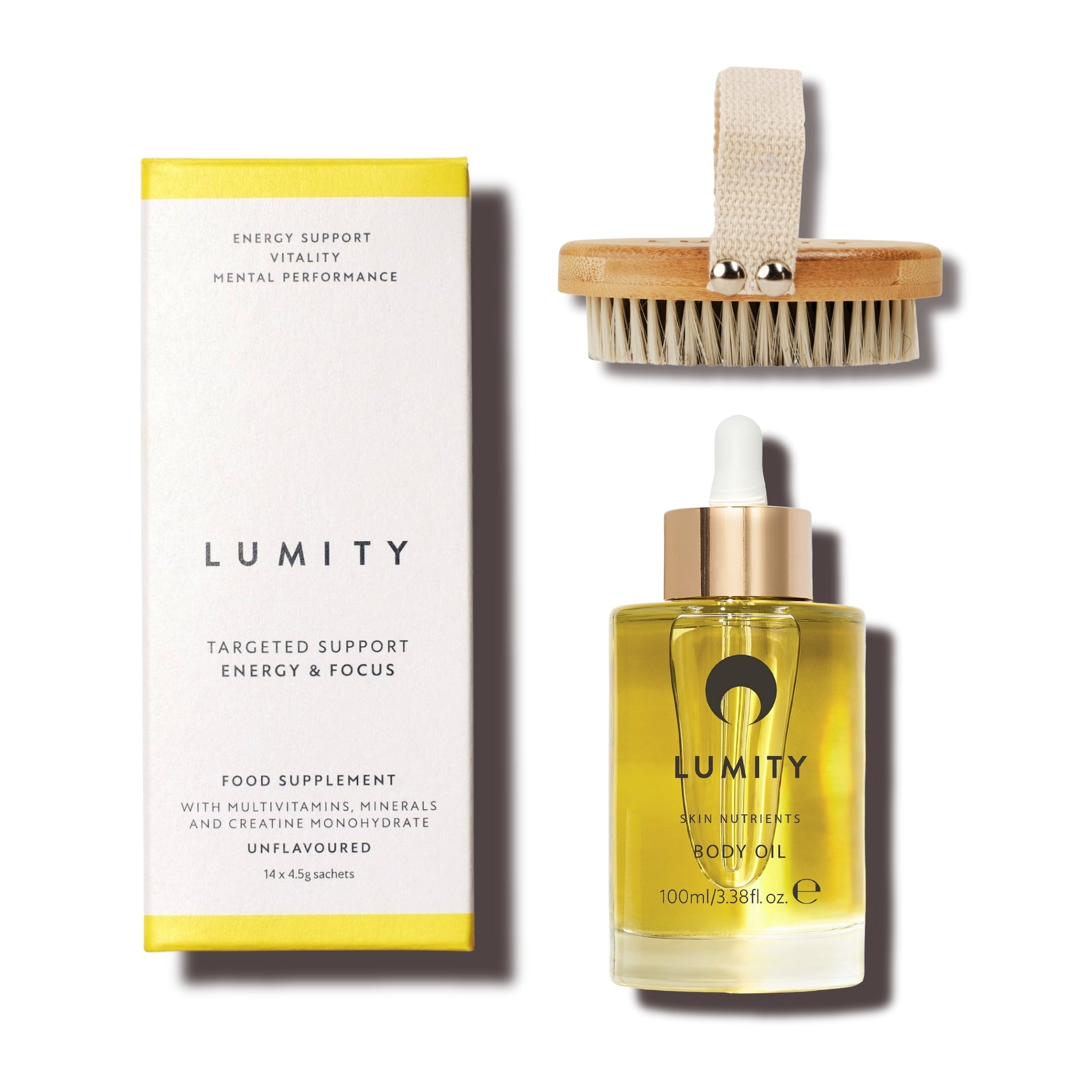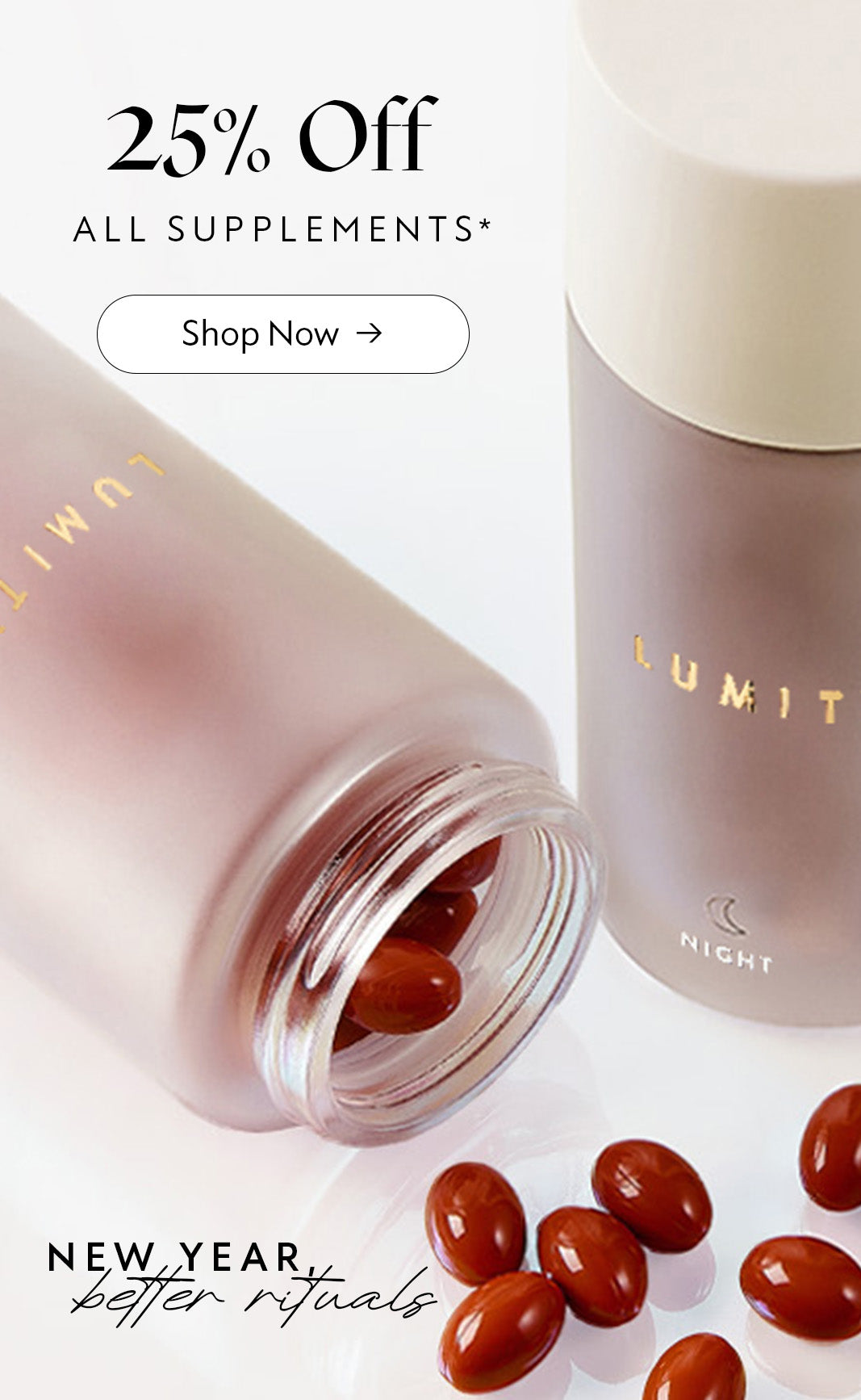7 ways to maximise the nutrients in your fruit and vegetables

We all know fruit and vegetables are good for us. Packed with essential vitamins and nutrients, they should make up the bulk of our diets. But are you getting the most out of yours? If we choose well and store them correctly we can increase their nutrient content without spending more!
1. Buy local – or frozen
The time it takes to get from the farm to our mouths is important as transportation can lead to a loss in nutrients. The Harvard Medical School Center for Health and the Global Environment research found that food transported long distances is not likely to be as nutritious as food grown and consumed locally. This is because even when they have been picked fruit and vegetables continue to breathe. This process leads to loss of nutrients and even flavour too. For example, green peas have been shown to lose up to 51% of their vitamin C during the first 24–48 hours after harvesting.
Warm, dry air can speed this process which is why it’s good to keep produce cool. Asparagus, peas, sweetcorn, broccoli and mushrooms all have a high rate of breathing so will lose nutrients faster. It follows therefore that the longer produce has to breathe before it is consumed, the less likely it is to retain nutrients.
Frozen peas or spinach may have more vitamin C than store-bought fresh peas or spinach that have been kept in your fridge at home for several days.
For some fruits, freeze drying resulted in higher vitamin C content, when compared to fresh varieties. Another study suggests that the processes undertaken to freeze fresh produce may increase fiber availability by making it more soluble.
2. Store fruits like tomatoes at room temperature
There’s a good reason that a tomato fresh from the vine or during a picnic tastes better – it’s because it’s not freezing cold from the fridge! But eating room temperature tomatoes doesn’t just improve their flavor, it also ups their lycopene levels as the ripening process is allowed to continue as long as tomatoes are kept above 10 oC.
And, there’s a reason to keep them in a bowl on the table, as chilling tomatoes actually damages the cell membranes which means they are more likely to go off. Also, storing apples in a cool place is likely to increase the number of healthy polyphenols in their skin.
3. Prepare your fruit or veg just before you need them
It’s far better to buy fruit and veg which is whole and chop it up yourself than the pre-prepared packs of carrot batons, courgette and fruit slices.
Vitamin C is easily lost as well as vitamin A and E because these are antioxidants and so react to oxygen – which is why fruit and veg have skins and peels in the first place! Most other nutrients, including minerals, B vitamins, and fiber are preserved but since they are most often found in the coverings it’s worth eating them when you can too
4. Eat your veg with some oil
If you look at a lot of traditional sauces and salad dressings, they contain oil. In Mediterranean diets olive oil is drizzled over many fresh dishes. This is because you absorb fat-soluble vitamins far better when there is oil present in the same meal. Research published in the American Journal of Clinical Nutrition, found that when women ate oil with their salad, their bodies could more easily absorb eight nutrients, including alpha and beta carotene, lutein, lycopene, and vitamin A. About 32g, which is 2 tablespoons of oil, allowed for the maximum absorption. Another reason why the best for your health isn’t fat-free.
5. Use less water when cooking
Vitamin B and C are water-soluble so easily lost if your cooking process involves water. In fact, you can wipe out the majority of the water-soluble nutrients by soaking and boiling your veggies. The agitation caused by the boiling water can cause the vegetables to break up and the nutrients to evaporate further.
Steaming or roasting is better for preserving water-soluble nutrients. If you do cook veg in water, try and use it in the making of gravy or cook your veggies in a sauce instead of water so all the nutrients remain part of the dish.
6. Keep your broccoli wrapped
Unlike most vegetables, broccoli loses antioxidants faster than other vegetables when stored without packaging – which is why you may have noticed it yellowing when stored in the fridge open rather than wrapped. So, make sure it stays wrapped up until you eat it.
7. Eat browning food first
When you start to see the fruit or vegetable turn brown, that usually means that they have started to lose their antioxidants.
Fresh fruit and vegetables normally keep enzymes trapped in their tissues, this stops them coming into contact with oxygen which causes the reaction with browning as a result. When it’s sliced, squashed, or beginning to break down with age, the enzymes come into contact with oxygen and so turn brown.
The longer the fruit or vegetables are exposed to air, the less vitamins it will have.
